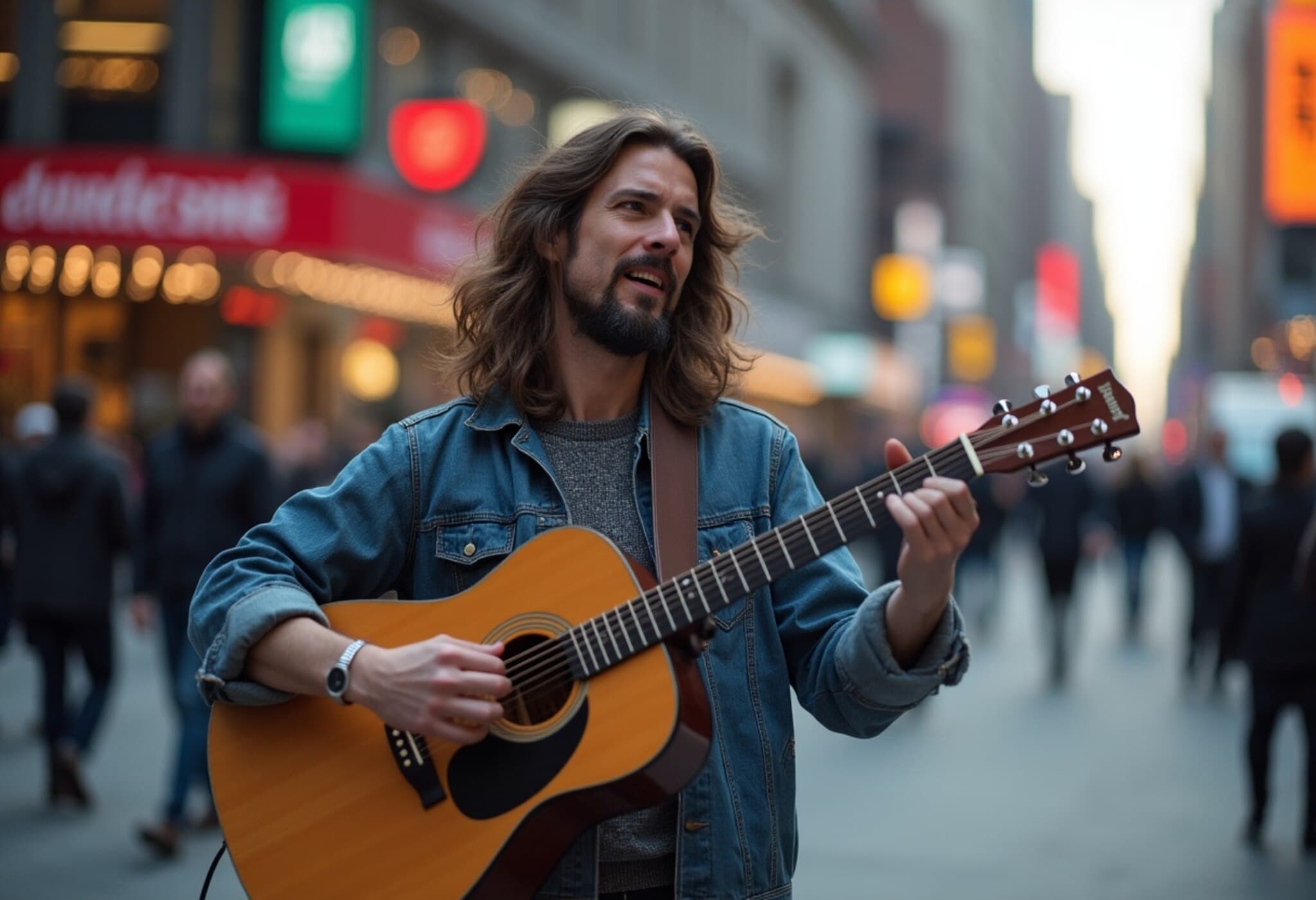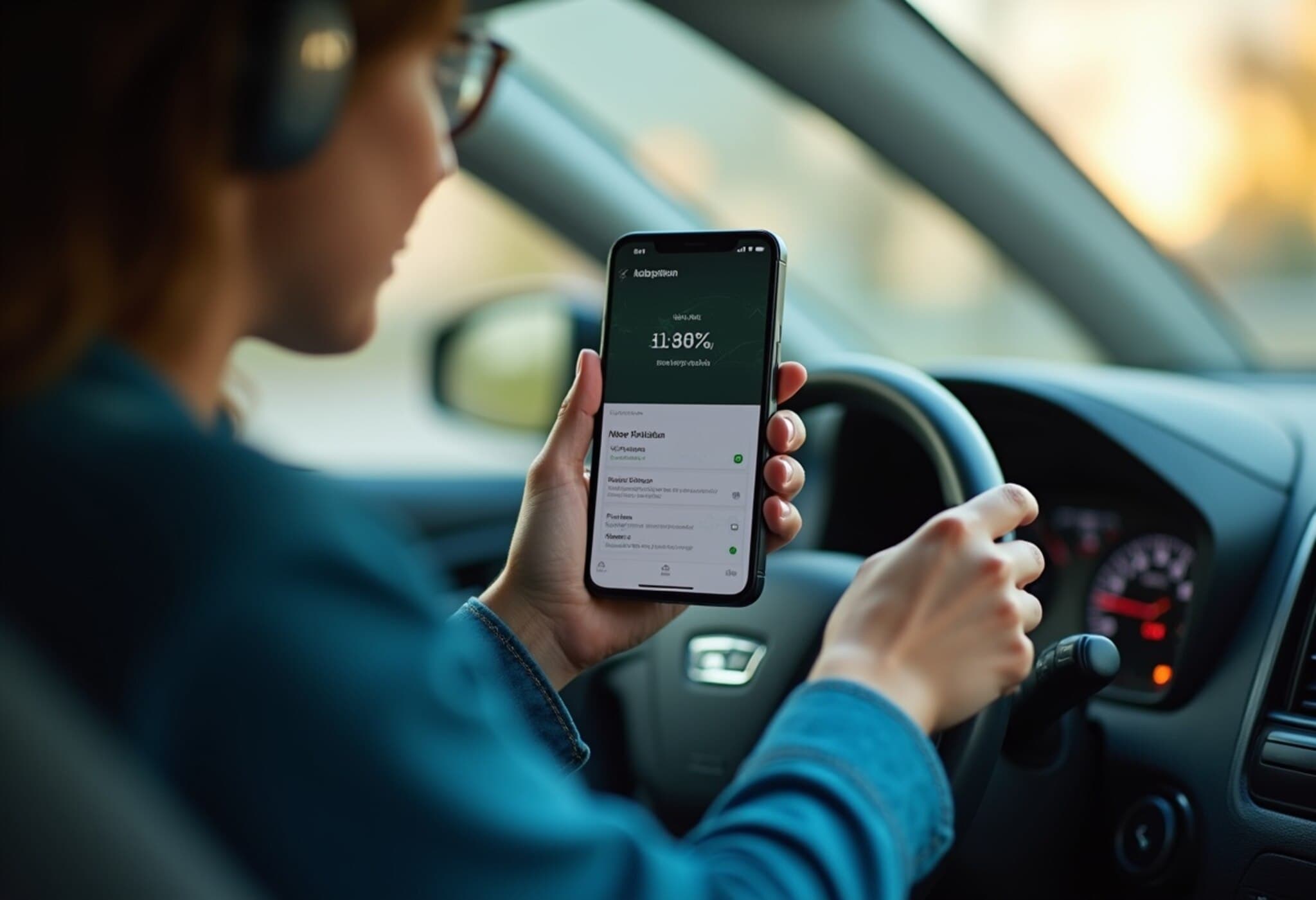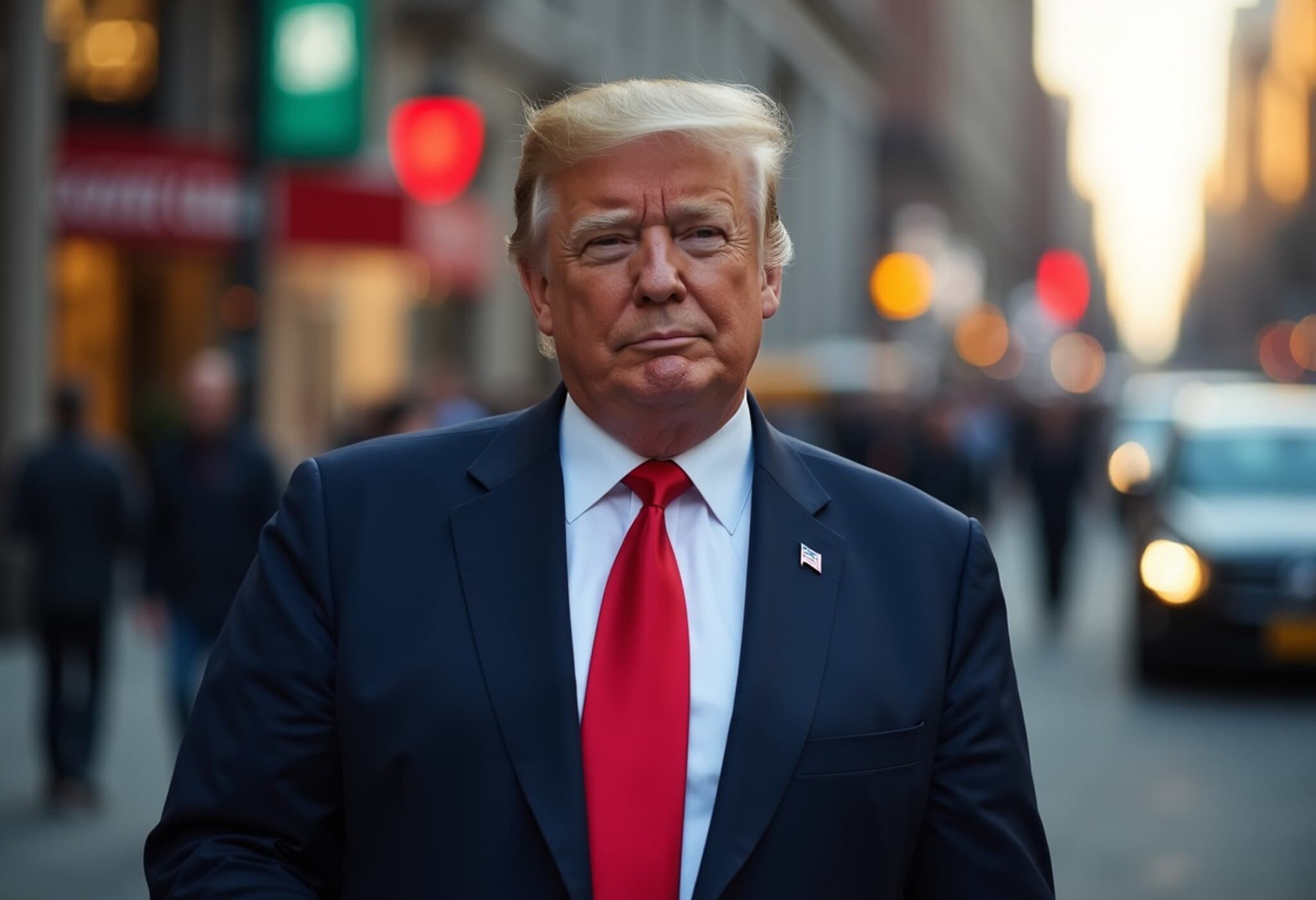The Changing Face of Busking: From Cash to QR Codes
For decades, street performers have relied on the simple kindness of passersby dropping spare change into tip jars or guitar cases. But as cash fades from the American wallet, buskers find themselves adapting to an increasingly digital world. Natalia Paruz, affectionately known as the Saw Lady, has felt the pinch firsthand. Playing her musical saw at New York's Herald Square station, she noted that her usual tip bucket — once jingling with coins and bills — now holds only a sparse handful of cash after hours of performing.
"So many people tell me, 'I love your music, but I don't carry cash,'" Paruz explains. To keep the music alive — and the tips flowing — the Saw Lady now displays QR codes linked to digital payment platforms like Venmo and PayPal, offering a modern avenue for appreciation.
Declining Cash Usage Shapes Street Economy
National trends reveal a striking shift: Nearly half of U.S. adults don’t handle cash weekly, with 87% of all transactions in 2024 conducted without cash. Experts forecast over 90% cashless transactions by 2027. Yet, this transformation isn’t uniform. Older Americans and low-income groups still hold onto cash as their preferred payment method, underscoring persistent economic and generational divides.
Yale economist David Argente points out that adults over 55 use cash nearly twice as often as younger counterparts aged 18-24, highlighting a digital divide that impacts how street performers earn. Although comprehensive data on payments to buskers is scarce, the Federal Reserve suggests payments below $25 — typical for busking — are often cash-based.
The Reality for Buskers: Cash Still Dominates
- Paruz estimates about 70% of her tips remain in cash.
- Gabriel Aldort, a subway keyboardist in New York, notes that only 5% of his tips arrive via digital means despite prominently displayed QR codes.
- Stunt comedian Chadd "Wacky Chad" Deitz has seen a rise, with around 30%-40% of his tips now digital, after 12 years of experimenting.
Aldort speculates that most New Yorkers — including tourists and transient commuters — prefer hard currency, bolstered by the visible, tactile nature of cash exchanges in crowded subway stations.
Digital Tips: Convenience with Caveats
Venmo’s general manager Alexis Sowa notes these apps aim to be “trusted, familiar, and easy-to-use” gateways for gig performers to earn. However, performers like Danny Tangelo, a traveling magician, observe that digital tips often fall short of the generosity prompted by cash.
The difference lies partly in psychology: when people see others physically dropping coins, it triggers a social cue encouraging more giving. Without visible exchanges, digital tips may feel less immediate or communal. Deitz explains that the anonymity of digital payments can embolden non-tippers, as there’s no visible peer pressure.
For Paruz, cash fosters interaction — a moment where giver and artist connect face-to-face. “People would stop and talk to us,” she reminisces. Digital transactions, though convenient, can render these exchanges distant and impersonal.
Costs and Limitations of Digital Platforms
- Payment apps often charge fees, subtly eating into performers’ earnings.
- Smaller tipping platforms like Squares offer alternative, busker-focused solutions supporting Apple Pay, Google Pay, and credit cards.
- Internationally, these niche platforms see broader acceptance in countries such as the UK, Canada, and Australia, whereas U.S. performers rely more heavily on mainstream apps like Venmo and Cash App.
Broader Context: Tipping Culture and Economic Pressures
Buskers face a shifting cultural landscape beyond payment methods. Surveys indicate growing weariness with tipping norms in America, as many feel the culture has spiraled out of control. This fatigue impacts not only street performers but also restaurant servers and other tipped workers.
Economic headwinds add pressure. Inflation, recessions, and pandemic repercussions have tightened discretionary spending, meaning audiences might skip or reduce tips altogether. Performer Deitz gestures toward this economic reality, saying, “If people want to pinch pennies, they might just watch a street performer without tipping.”
For those who make it their livelihood, every tip counts. Yet a $2 tip, while appreciated, doesn’t sustain dreams of a stable life. Performers must engage audiences authentically, whether via cash, digital apps, or a combination of both.
The Irreplaceable Charm of Cash
While digital innovation marches on, some performers cling to the unique magic cash provides. Tangelo shares a whimsical example: “I have a trick where money appears inside fruit — something you just can’t do with Venmo or Cash App.”
Such moments embody the soul of street performance — spontaneity, surprise, and a tangible shared experience between artist and audience. As payment methods evolve, the challenge lies in maintaining these human connections amid technological change.
Looking Ahead: Balancing Tradition and Innovation
The busking world is at a crossroads. Embracing digital payments is increasingly essential for survival, yet the tactile, social nature of cash remains invaluable. Policymakers, city planners, and tech developers might consider how to better support street artists through accessible, low-cost digital solutions that encourage community interaction.
Moreover, as cash continues to decline, it raises broader questions about economic inclusion. Older adults, low-income individuals, and those wary of digital finance risk marginalization in everyday transactions — including spontaneous acts of generosity like tipping performers.
For now, buskers adapt creatively, blending QR codes with charm, forging new ways to connect in an evolving urban soundscape.
Editor's Note
The decline of cash isn't just shifting how performers get paid; it reshapes public spaces and social interactions. While digital tips offer convenience, they also alter the emotional connection between buskers and their audiences. As cities contemplate a cashless future, understanding and supporting the nuanced needs of street performers will be vital. How can technology enhance these human moments rather than diminish them? The answer may define the future rhythm of our vibrant street culture.



















